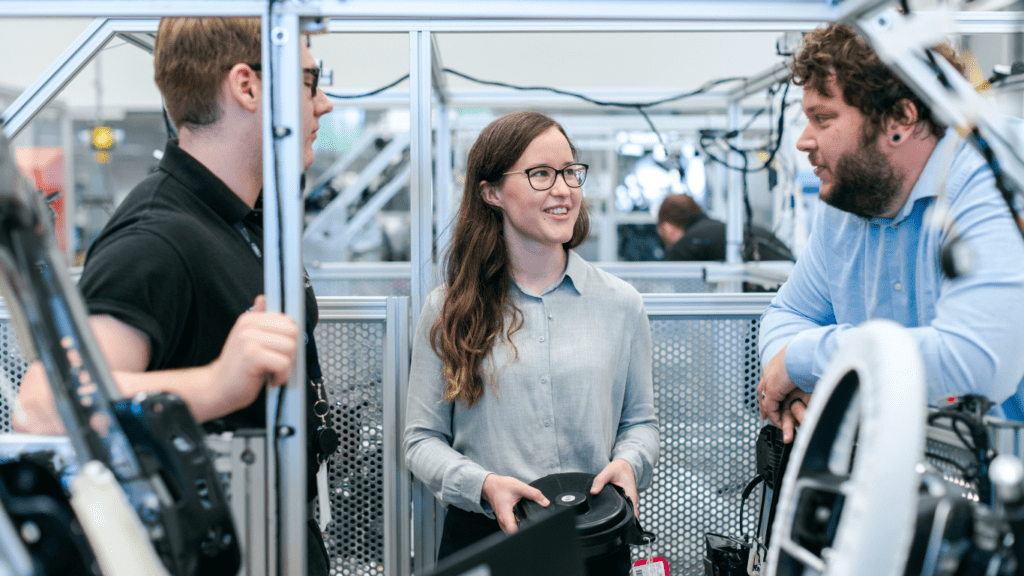Steering through the intricate landscape of automotive manufacturing, one cannot overlook the profound influence of environmental regulations on this dynamic industry. As I delve into the intricate web of policies and practices, it becomes evident that the environmental landscape is undergoing a significant transformation, reshaping the way vehicles are designed, produced, and operated. From emissions standards to sustainable materials, every aspect of automotive manufacturing is being scrutinized through a green lens.
In this article, I’ll navigate the terrain of environmental regulations within the automotive sector, shedding light on how these mandates are steering the industry towards a more sustainable future. By exploring the intricate balance between innovation and compliance, we can unravel the complexities that automotive manufacturers face in meeting the demands of a rapidly evolving regulatory environment. Join me on this journey as we uncover the far-reaching impact of environmental regulations on automotive manufacturing.
The Impact of Environmental Regulations on Automotive Manufacturing
Exploring the intricate web of environmental regulations woven into the fabric of automotive manufacturing reveals a landscape undergoing profound transformations. The stringent guidelines governing emissions, materials usage, and recycling standards are fundamentally reshaping the industry. I delve into the intricate dance between innovation and compliance that defines the industry’s response to evolving regulatory demands. The pervasive influence of these environmental mandates permeates every aspect of vehicle design and production, steering the course towards a more sustainable future.
Evolution of Environmental Regulations in the Automotive Industry
Environmental regulations in the automotive industry have seen a significant evolution over the years, impacting various aspects of vehicle manufacturing to align with sustainability goals.
- Early Regulations and Their Motivations
In the early stages, environmental regulations in the automotive sector primarily focused on reducing harmful emissions and improving air quality. The motivations behind these regulations stemmed from growing concerns about the detrimental effects of pollution on public health and the environment. As a result, the industry faced pressure to enhance vehicle technologies and transition towards cleaner alternatives to meet these initial regulatory requirements. - Recent Developments and Stringent Standards
In recent years, environmental regulations governing the automotive industry have become more stringent, emphasizing the need for greater sustainability and reduced carbon footprints. Stringent standards now encompass not only emissions control but also materials usage, recycling practices, and overall environmental impact throughout the vehicle’s lifecycle. Manufacturers are constantly striving to innovate and comply with these evolving regulations to ensure they meet the highest environmental standards and contribute to a greener future.
Effects of Regulations on Vehicle Design and Manufacturing
Innovation in Emission Reduction Technologies
I’ve witnessed how environmental regulations have been a driving force behind the advancement of emission reduction technologies in the automotive industry. Stricter regulations have pushed manufacturers to develop innovative solutions like catalytic converters, exhaust gas recirculation systems, and selective catalytic reduction to minimize harmful emissions from vehicles. These technologies have not only helped in meeting regulatory standards but have also improved the overall environmental performance of automobiles.
Shift Towards Electric Vehicles
Exploring the impact of regulations on vehicle design and manufacturing, the shift towards electric vehicles stands out prominently. With regulations emphasizing lower emissions and increased fuel efficiency, many automakers have accelerated their transition towards producing electric vehicles. This transition has led to significant changes in manufacturing processes, including the integration of electric drivetrains, battery technology advancements, and the development of charging infrastructure to support these environmentally friendly vehicles.
Economic Implications for Automotive Manufacturers
In analyzing the economic implications for automotive manufacturers regarding environmental regulations, it’s evident that compliance can significantly influence their operational costs and global market competitiveness.
Cost Implications and Industry Response
Incorporating environmentally friendly practices in automotive manufacturing often requires substantial investments in research, development, and technology implementation. These costs can impact the overall production expenses for manufacturers. However, proactive companies see this not only as a regulatory requirement but also as an opportunity to innovate and streamline their processes. By investing in sustainable practices early on, manufacturers can mitigate long-term compliance costs while gaining a competitive edge in the market. Collaborations with technology providers and research institutions can further enhance efficiency and reduce the financial burden of transitioning to eco-friendly production methods.
Impact on Global Market Competitiveness
The adaptation of environmental regulations in automotive manufacturing plays a crucial role in shaping global market dynamics and competitiveness. Companies that embrace these regulations proactively position themselves as leaders in sustainability, appealing to environmentally conscious consumers. This shift not only enhances brand reputation but also opens up new market segments, especially in regions with stringent environmental standards. By aligning their strategies with green initiatives, automotive manufacturers can differentiate themselves from competitors, attract a broader customer base, and establish a strong foothold in the evolving global marketplace.
Looking Forward: The Future of Automotive Manufacturing Under Stricter Regulations
Anticipated Technological Advancements
Innovations in electric vehicle technology are projected to accelerate, with advancements in battery efficiency and charging infrastructure. Manufacturers are likely to focus on developing lightweight materials and aerodynamic designs to improve fuel efficiency and reduce emissions. Artificial intelligence and automation will play pivotal roles in streamlining production processes and enhancing overall sustainability in automotive manufacturing.
Policy Predictions and Industry Adaptations
Regulatory bodies are expected to enforce stricter emissions standards, pushing manufacturers to invest more heavily in eco-friendly practices. Companies will need to align their strategies with evolving environmental policies to ensure compliance and maintain a competitive edge. Collaborations between governments, industry stakeholders, and environmental agencies will be crucial in shaping the future landscape of automotive manufacturing, emphasizing a sustainable approach for long-term growth.




